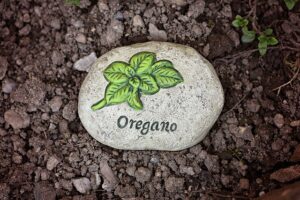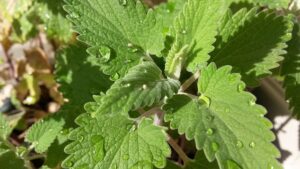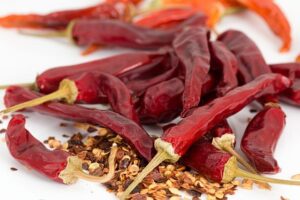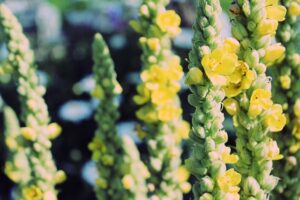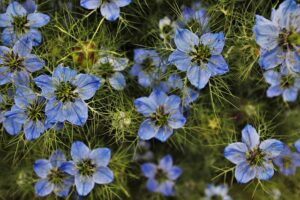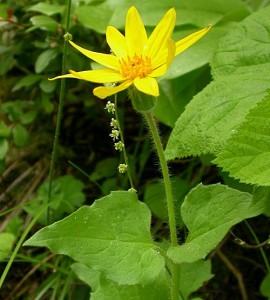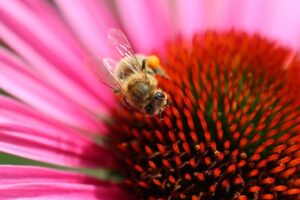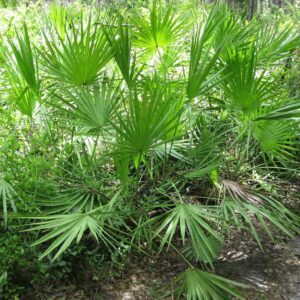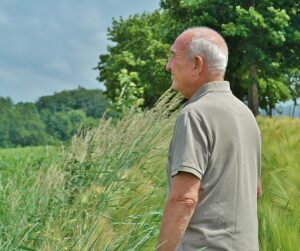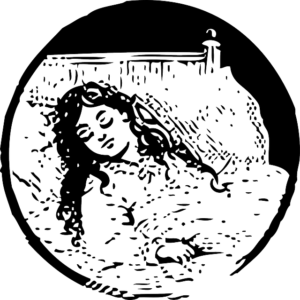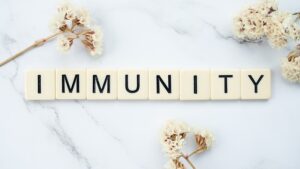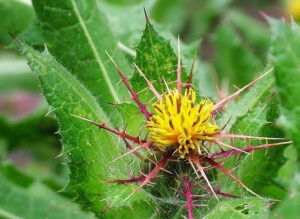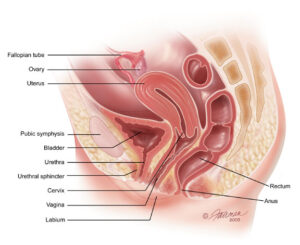Dandelion (Taraxacum officinale)
Family – Asteraceae, the composite family
Most of us are probably familiar with Dandelion, the telltale spring yellow flowers poking up from lawns, pastures, and waste areas. As children many of us blew on the puff ball seed heads, sending seeds floating in the breeze. Good memories.
About Dandelion
Dandelion is also called Lion’s tooth, Blow Ball, Puff Ball, Wild Endive, and Swine Snout. Taraxacum officinale, Dandelion, is a native of Europe. Now, however, it grows almost everywhere in the temperate region of the northern hemisphere. Some consider it a troublesome week and will go to great lengths to irradicate it. To others this is a valuable medicinal herb and food source to be treasured. As an herbalist and wild food enthusiast, you can probably guess my thoughts.
Botanical Description
Dandelion emanates from a thick, unbranched, tap root that is white on the inside and dark blown to almost black on the outside. The root, like the whole plant exudes a milky sap when broken.
The plant has no stems at all. Long jagged leaves arise directly from the taproot to form a rosette close to the ground. Each leaf is hairless, grooved and somewhat shiny. Leaf grooves or “Teeth” are deeply cut and somewhat backward, resembling canine or lions’ teeth.
Hollow, purplish stalks arise directly from the root, each bearing a single flower. When broken, the stalks ooze a white, milk-like sap. The flowers are golden yellow, numerous, strapless florets, meaning that they are a composite flower but lack the disc or center flowers like those of a daisy. The flowers produce copious amounts of nectar and are considered important to most bee populations. This nectar is also what gives them a somewhat sweet taste. The flowers mature into a puff ball of seed, like those most of us remember blowing as a child.
Dandelion as a food
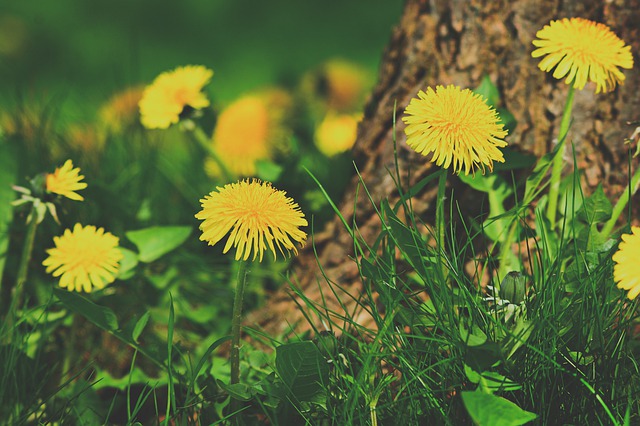
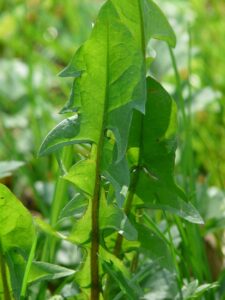
All parts of the plant are edible and exceptionally nutritious, containing high amounts of vitamins, proteins, minerals, and fiber. Dandelion is a rich source of vitamins A, B-complex, C, E, K and D, as well as the minerals calcium, sodium, magnesium, iron, silicon, copper, phosphorus, zinc, manganese and potassium. In fact, when compared to other veggies with similar culinary uses, like spinach and lettuce, Dandelion is higher in almost every nutritional marker.
The young leaves and flowers are slightly bitter and make a great spring food eaten raw in salads, soups and sandwiches or soaked overnight and cooked like spinach. Fresh flowers store a large amount of nectar, making them tasty and nutritious. Flowers are gathered in the spring to make Dandelion wine, syrup (recipe below), and deserts. The food industry uses the flowers for flavoring baked goods, puddings, candy, and the like.
Roots are roasted, ground, and used as a coffee substitute.
Chemical Composition
Dandelion contains the terpenes, sesquiterpene lactones and triterpenes/phytosterols. The former being thought responsible for its anti-inflammatory and anti-microbial action, the latter promoting reduced cholesterol and cholesterol absorption. The phenolic compounds include phenolic acids, with immunostimulant properties, coucarimis, that strengthen the cardiovascular system, and inulin which helps balance blood sugar, and acts as a prebiotic to strengthen digestion. The leaves and stems contain flavonoids, and the whole plant contains bitter principles.
Medicinal Properties and Actions
With anti-inflammatory, diuretic, choleretic and hepatic-protectant properties, this herb acts as a tonic and decongestant for liver, spleen, gallbladder, bladder, and pancreas. It also acts as a lymphagogue, lithotrophic, bitter tonic, nutritive, digestive, antioxidant, anti-rheumatic, hypolipidemic (lowering cholesterol), anticarcinogenic (prevents cell proliferation and metastasis), antimicrobial, antiviral, and as an immunomodulator.
Energetically, Dandelion is cooling, sweet, bitter, drying, and pungent.
Medicinal use of Dandelion
Dandelion is cooling and cleansing with an affinity to the liver and water systems. It is one of the most dependable, yet gentle system-wide botanicals we have
Leaves
The leaves, fresh or dried, are used in tea as a diuretic, increasing both the amount of water and waste product in the urine. The leaves act as a simple bitter to stimulate the appetite, relieve simple indigestion and help improve overall digestion.
Dandelion Root
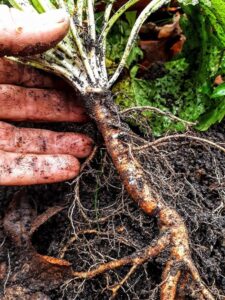
The root, tea or tincture, is taken in small frequent doses to aid in liver and spleen congestion and improve the overall function of the liver, gall bladder and spleen. Dandelion root has been shown to decrease serum triglyceride, total cholesterol, LDL-C (bad cholesterol) and to increase HDL-C (good cholesterol). Dandelion is an important herb, aiding in the removal of buildup toxins of the lymph and blood. It is also an effective treatment for skin conditions like eczema, rashes, acne, and the like. Its affinity to the spleen and liver make it valuable for those with blood sugar issues, whether high or low and for the treatment of hepatitis. For hypoglycemia (low blood sugar), try dandelion with herbs like ginger or ginseng. For adult-onset (type 2) diabetes, try dandelion tea combined with a berry leaf, like raspberry, huckleberry, bilberry, or strawberry.
The root is helpful for constipation when chronic and related to old age, long-term illness or general intestinal blahs, but it is contraindicated when the constipation is caused by an inflammatory condition of the stomach or bowels.
Michael Moore, in his book “Medicinal plants of the Mountain West,” talks about pickling the coarsely ground roots in 100-proof alcohol. Then, boiling 1 -2 tablespoons of the sludge in 12 ounces of water and taking it 4 times per day for the treatment of chronic inflammatory conditions ranging from urticaria to wheezy lungs, achy swollen joints, to leaky gut syndrome.
Dandelion for Urinary Complaints
Although the leaves have a stronger diuretic affect than the roots, both can be used to clear infection and toxins from the urinary system, making it useful for the treatment of urinary tract infections and gout. Dandelion helps drain fluid congestion, reducing irritation and edema (swelling and water retention) and is a helpful addition when swelling and inflammation are involved with arthritic and rheumatic pain. The root is often combined with Marshmallow root to help dissolve stones and calcifications from the urinary and bile systems.
Dandelion and the Breasts
Dandelion also has an affinity to the breasts and mammary glands. Susan Weed, in her book “Breast Cancer? Breast Health. The Wise Woman Way,” says, “Regular use of dandelion flower oil promotes deep relaxation of the breast tissues, facilitating the release of held emotions.” Self-breast massage with an infused oil of the root and flower can strengthen the immune system, clear minor infections, relieve mastitis (impacted milk glands) and reduce the size and frequency of breast cysts. Dr. David Frawley in his book, “The Yoga of Herbs,” calls Dandelion a specific for problems with the breast and mammary glands. He suggests using it internally and externally to treat breast sores, tumors, cysts, swollen lymph glands and to suppress lactation.
Preparations
A fluid extract of Dandelion leaf can be made with equal parts vinegar or alcohol and Dandelion leaf (1:1). Apple cider draws a high amount of nutrients from the leaves while preserving the bitter properties of the plant. Plus, your getting the healing value of the apple cider vinegar, which among other things aids digestion, and helps relieve pain.
Fresh root tincture is made 1:2 (1-part herb to 2 parts alcohol) in 40 – 50% food grade alcohol.
A decoction or tea is made by boiling 1-2 tablespoons in about 12 cups water for 5-10 minutes.
Dandelion Recipes
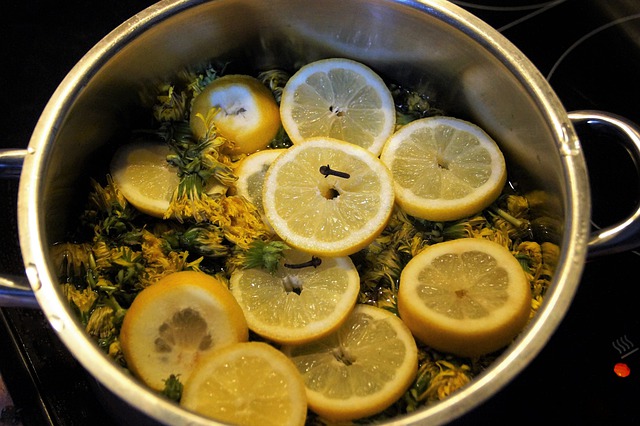
Dandelion Flower Syrup (from Katia LaMone)
Enjoy on pancakes or use for a sweetener as desired.
Ingredients
- Water
- Dandelion flower petals, (with green base cut off)
- Lemon
- Honey
In a large pan, combine cleaned dandelion petals, with an equal amount of water, (i.e. 6 cups dandelion flowers in 6 cups water). Add 1 cut-up lemon including the peel. Bring water to a boil and turn heat off. Cover and let sit overnight. You should end up with a dark amber-colored tea.
Measure tea (how many cups?) Add an equal amount of honey. Bring to a boil, turn down and simmer for 30 min. (The longer you cook it the thicker the syrup.) When it is the thickness you want, pour into sterilized glass jars and refrigerate (or freeze).
Contraindications
Dandelion is generally considered a safe herb. However, you never really know how someone will respond to a new food, herb, or medicine. It’s always best when adding something new to talk to your doctor or other health care professional. And, listen to your body. If you have any unusual or uncomfortable symptoms, stop. Some common contra-indications are as follows.
- Dandelion is a cooling and drying herb and is best taken for hot and moist conditions.
- If there is constipation caused by an inflammatory condition of the stomach or bowels.
- Stop taking if you experience flatulence, pain, indigestion, or diarrhea.
Thank you for reading my blog. I hope you enjoyed this monograph of Dandelion and would love to hear what you have to say. Please use the comment section below, if you are so inclined to share your experiences and knowledge with us.
Many blessings,
Annie

Wonderment Gardens Product Suggestions
Further Reading
References
https://academic.oup.com/nutritionreviews/article/70/9/534/1835513?login=true
https://www.mskcc.org/cancer-care/integrative-medicine/herbs/dandelion
https://www.botanical.com/botanical/mgmh/d/dandel08.html
Weed, Susan, Breast Cancer? Breast Health! The Wise Woman Way; Ash Tree Publishing, Woodstock Publishing, 1996
Frawley David and Lad Vansant; The Yoga of Herbs, second edition; Lotus Press, Twin Lakes, Wisconsin, 2001
Tierra Michael; The Way of Herbs; Pocket Books, NY, NY, 1998
Moore Michael; Medicinal Plants of the Mountain West;
https://gathervictoria.com/2017/11/07/deeply-nourishing-seasonal-medicine-delectable-dandelion-root-treats/#comments
Disclaimer
The statements and ideas presented here are not intended to diagnose, treat, cure, or prevent any disease or condition. They have not been evaluated by the FDA. All ideas presented are for the sole purpose of education. To help you take control of your own health. If you have a health concern or condition, consult a physician. We suggest that you always consult a medical doctor before modifying your diet, using any new product, drug, supplement, or doing any new exercises.
These statements and products have not been evaluated by the FDA. They are not intended to diagnose, treat, cure, or prevent any disease or condition. If you have a health concern or condition, consult a physician. Always consult a medical doctor before modifying your diet, using any new product, drug, supplement, or doing any new exercises.
Herbs taken for health purposes should be treated with the same care as medicine. Herbal remedies are no substitute for a healthy diet and lifestyle. If you are serious about good health, you’ll want to combine diet, exercise, herbals, a good relationship with your doctor and a generally healthy lifestyle. No one of these will do it alone.
This information is designed to be used as part of a complete health plan. No products are intended to replace your doctor’s care, or to supersede any of his/her advice or prescriptions.





